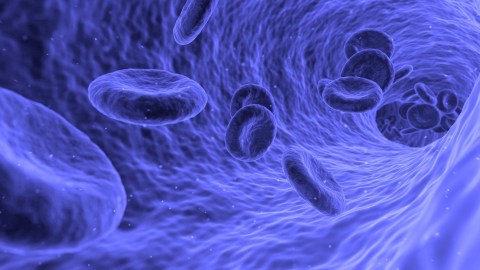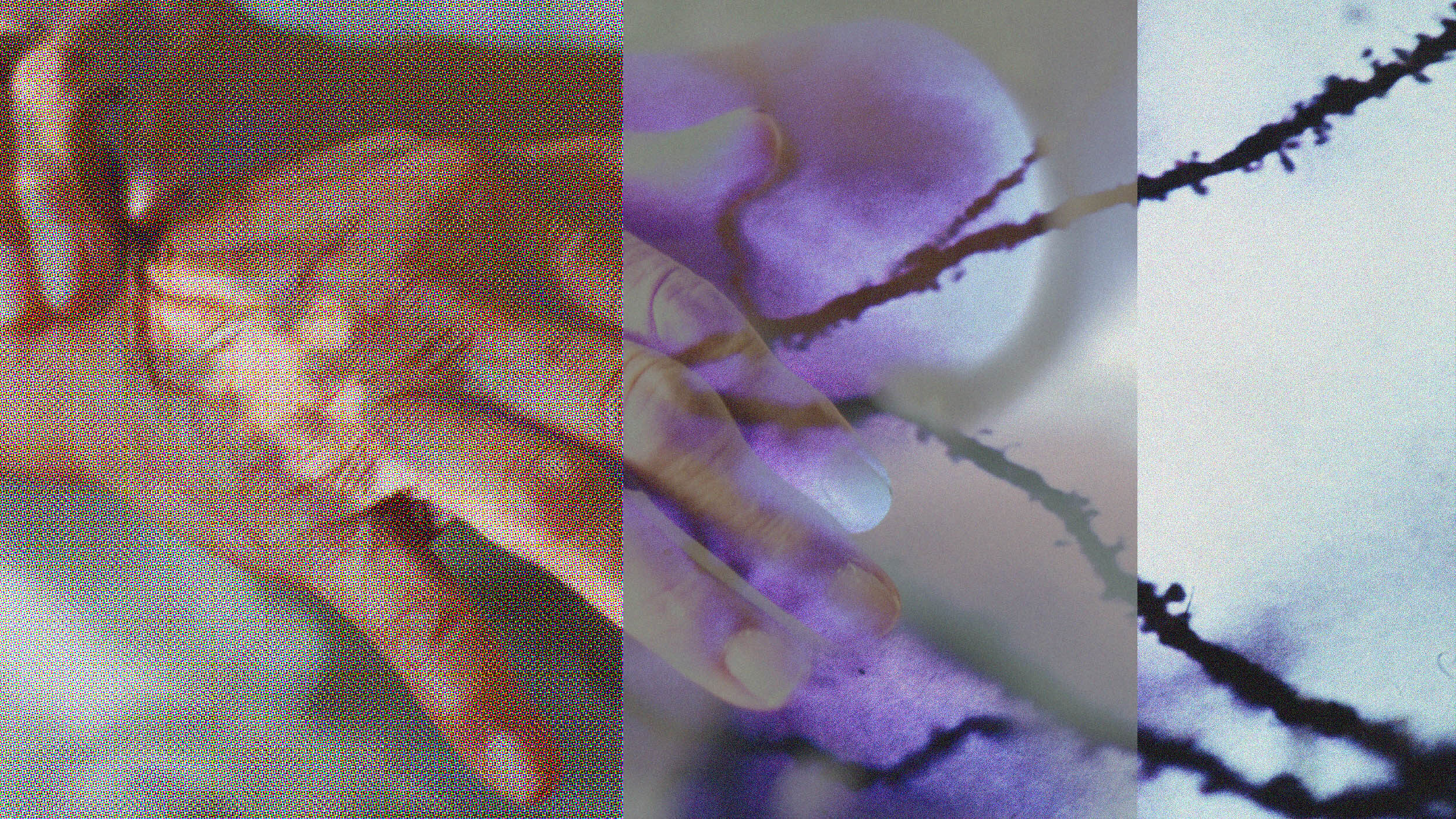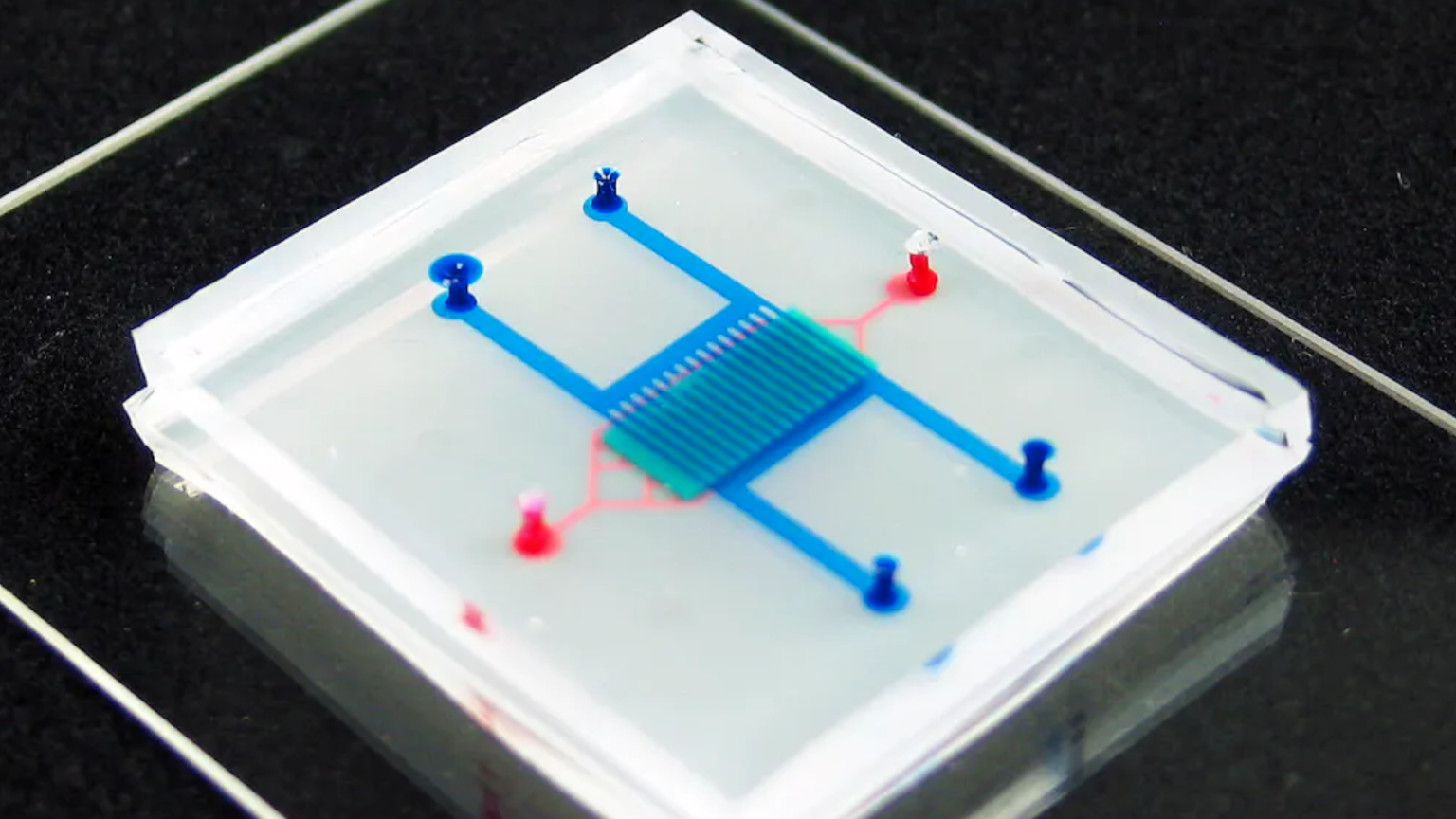Scientists replace blood with icy solution to save lives in danger

Pixabay.
- A trial at the University of Maryland Medical Centre in Baltimore puts patients with death-causing injuries into suspended animation.
- The technique works by cooling the body and the brain.
- This gives surgeons more times to help the patients survive.
For the first time ever, a trial in the United States succeeded in placing humans in suspended animation. The approach involves cooling people with catastrophic injuries to allow for additional time to save their lives.
The technique, called emergency preservation and resuscitation (EPR), is being applied at the University of Maryland Medical Centre in Baltimore to patients who arrive in cardiac arrest from an acute trauma like a gunshot or stab wound. In these situations there are just minutes left to operate, with little chance of survival, as the heart of the patient is likely not beating and they lost over a half of their blood, reports New Scientist.
EPR works by quickly cooling a person in such a condition to somewhere between 10 to 15°C (from the normal body temp of 37 degrees). Their blood is also changed out completely to ice-cold saline. As their brain activity discontinues, they are unplugged from the system that’s been cooling them and moved into surgery.
Doctors have 2 hours to work on the injuries before a person in this state of suspended animation is warmed up, with their heart restarted.
Why does this work?
Without blood carrying oxygen to the cells in our body, the brain would only be alive for 5 minutes before major damage. Cooling the body and brain’s temperatures brings all cell chemical reactions to a near-stop, requiring less oxygen.
Samuel Tisherman from the University of Maryland School of Medicine, who led the research, told New Scientist that his team managed to put at least one patient in suspended animation. He called the accomplishment “a little surreal”.
The technique his team worked out was previously successful in studies with dogs and pigs suffering acute traumas. They were brought back to life after being cooled for 3 hours.
While putting people in suspended animation is also the staple of faraway space travel proposals, Tisherman cautions that their focus currently lies on saving people while on Earth.
“I want to make clear that we’re not trying to send people off to Saturn,” he said. “We’re trying to buy ourselves more time to save lives.”
Check out the recent symposium at the New York Academy of Sciences where Tisherman described his research.
“We’re trying to thread that fine line between doing something to someone that’s going to do well anyway, or doing something to somebody that’s going to die no matter what we do,” Tisherman told the Academy.
Full results of the trial are expected to be announced by the end of 2020.





